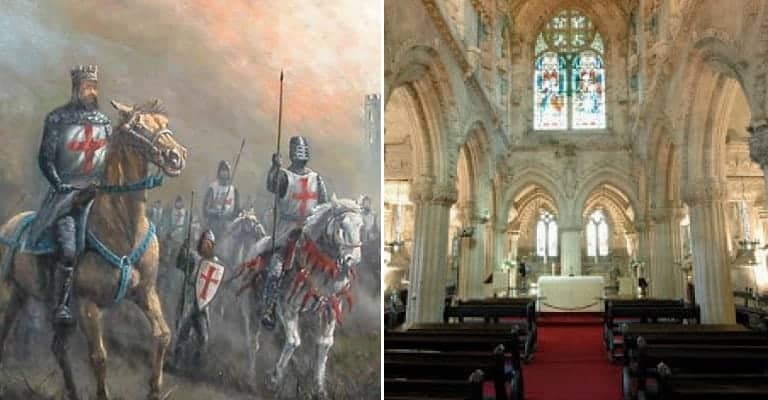One of the most iconic buildings in the world is the enigmatic Rosslyn Chapel, a small church building during the fifteenth century just a few miles south of Scotland’s capital city, Edinburgh. What interests some people are the stone carvings that cover the chapel’s entire interior surface, and much of its exterior, as well. For others, the intrigue lays in the stories that are told about the chapel. Some have said that its founder was trying to leave a message for future generations to one day decipher. After all, the chapel was built during a time when illiteracy in Europe was high, and book-burning was common, so he left a message in stone that many people now are trying to understand.
16. William Sinclair Built Rosslyn Chapel in 1446

Very little is known about the people who actually constructed Rosslyn Chapel, particularly the stonemasons who created the intricate carvings that line both the interior and the exterior of the building. For many people, the whole place is shrouded in mystery, as its engravings have themes that are Christian, pagan, and even Masonic, though the chapel was built centuries before the organization known as the Freemasons came into existence. Much of its grandeur comes not from the building itself but the stories emanating from it.
One thing that is known is that it was originally founded in 1446 by a man named William Sinclair, who was the Prince of Orkney. Many of the documents relating to his own life and the origins of the chapel were destroyed in a fire, but some are preserved at the National Scottish Library in nearby Edinburgh. They show that the set out to construct a marvelous building and that he paid his workers quite handsomely – regular masons received a salary of 10 pounds per year, equivalent to 50,000 pounds today, far above today’s living wage. Master masons earned as much as 40 pounds a year, 200,000 pounds in today’s money.

